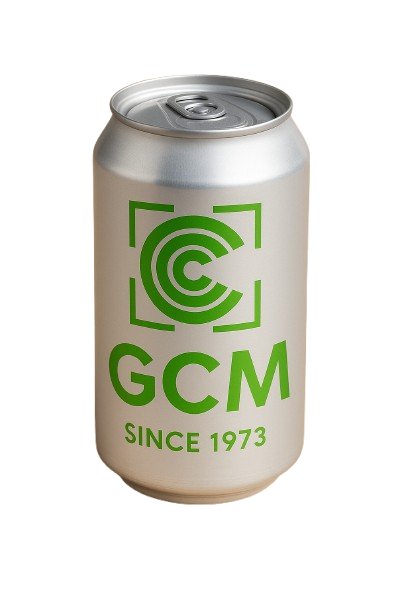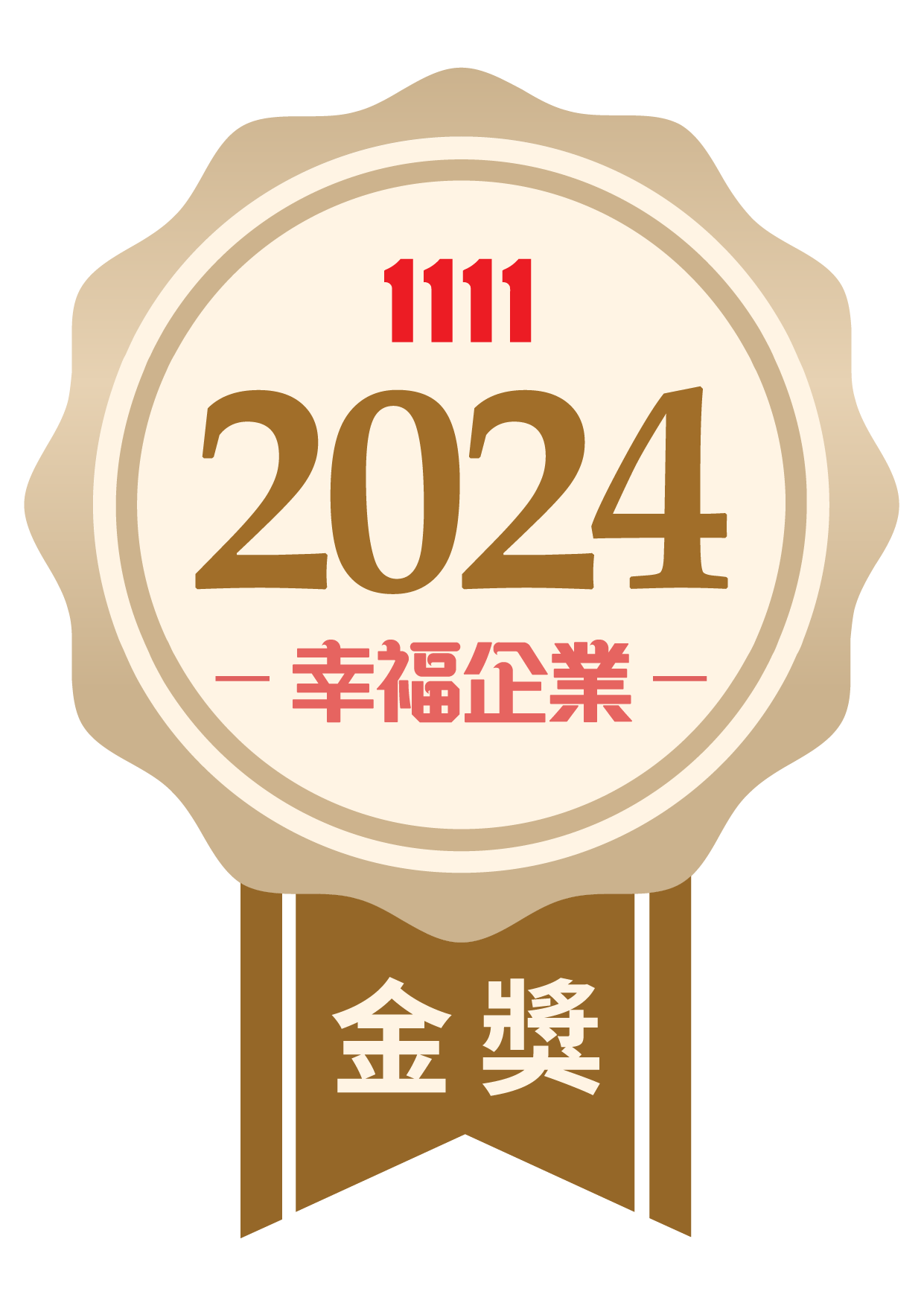Sustainability Column
The Development History of Taiwan's Aluminum Can Industry
From Zero to Billions: The Sparkling Journey of Taiwan’s Aluminum Can Industry
The rise of Taiwan’s aluminum can industry is more than a tale of manufacturing—it’s a mirror reflecting the island’s broader journey through modernization. From the early days of importing foreign technology to mastering in-house innovation, this sector has grown from humble beginnings into a billion-dollar enterprise. It’s a story that captures the spirit of Taiwan’s economic miracle—quiet, determined, and full of transformation.
The Early Days: Technology Adoption and Localization in the 1970s
The story of Taiwan’s aluminum can industry begins in the early 1970s—a time when the island was undergoing rapid industrialization and an increasing demand for consumer goods and processed products. Against this backdrop, the government actively promoted the growth of the packaging sector, recognizing it as a critical pillar supporting the food, beverage, and export industries.
In 1973, Great China Metal (GCM) was founded with a bold vision. Sensing the rising potential of aluminum cans, the company made a strategic pivot into can manufacturing. After years of preparation and investment, GCM launched mass production in 1981, supplying both local and international beverage brands. This marked not only a milestone for the company, but also the beginning of a new chapter for Taiwan’s packaging industry.


In the early years, aluminum can production in Taiwan relied heavily on technology transfer and imported equipment from the United States. Manufacturing processes were primarily based on imitation and localized adaptation. At the time, aluminum cans were mainly used for beer and carbonated beverages, and the market was still in its infancy, with an annual output of just tens of millions of units.
The roots of Taiwan’s aluminum supply chain can be traced back to the Japanese colonial period. In 1935, Japan’s Aluminum Corporation (日本アルミニウム株式会社) established plants not only in Kaohsiung but also in Hualien Port, producing military-grade aluminum to meet wartime policy demands. After World War II, the assets of the company were taken over by the government of the Republic of China and reorganized into Taiwan Aluminum Corporation (TAC), a state-owned enterprise dedicated to aluminum manufacturing, which continued to support the island’s growing industrial needs.
When TAC ceased operations in 1987, portions of its smelting and rolling equipment were transferred to China Steel Corporation. This eventually led to the establishment of China Steel Aluminum Corporation in 1996, marking a formal continuation of the aluminum production legacy. This industrial lineage laid a stable and self-reliant foundation for Taiwan’s aluminum supply chain—an essential backbone that would prove critical to the development of the domestic aluminum can industry.
The Growth Phase: Rapid Expansion in the 1980s
The 1980s marked a period of rapid expansion for Taiwan’s aluminum can industry. As consumer purchasing power increased and the beverage market flourished, demand for aluminum cans surged, propelling the industry into a phase of significant growth.
Local beverage brands such as HeySong and Vitalon began to adopt aluminum can packaging, providing a stable stream of domestic orders. Meanwhile, global players like Coca-Cola either established manufacturing plants in Taiwan or licensed local partners to produce their beverages, further boosting the demand for cans.
The Transformation Phase: Globalization and Environmental Awareness in the 1990s
By the 1990s, the industry found itself at a crossroads. Rising labor costs and tightening environmental regulations began to challenge traditional production models. At the same time, global market liberalization opened new doors for growth.
A key turning point during this decade was the rise of environmental consciousness. In the early 1990s, the Taiwanese government launched nationwide recycling policies, with aluminum cans designated as a priority item. In response to both regulatory pressure and public expectations, manufacturers started investing in lightweighting technologies—an effort to reduce material usage while maintaining structural integrity and aligning with sustainability goals.
The Maturity Phase: Precision and Diversification in the 2000s
In the 2000s, Taiwan’s aluminum can industry entered a mature phase, characterized by advances in precision engineering, automation, and product diversification.
On the technical front, manufacturers made significant strides in thin-wall processing. Through advanced deep drawing and ironing techniques, they successfully reduced wall thickness from the original 0.25–0.30 mm down to as little as 0.10 mm, achieving over 60% material thinning while retaining can strength. This innovation not only improved cost efficiency but also enhanced the industry’s competitiveness.
The product range also expanded beyond traditional alcoholic and carbonated beverages to include health drinks, energy beverages, and ready-to-drink cocktails, reflecting broader consumer trends.
Meanwhile, Taiwan steadily built a vertically integrated supply chain—spanning from aluminum ingot production to can forming, printing, and post-consumer recycling. This end-to-end capability enabled local producers to offer comprehensive solutions and strengthened their position in the global market.
Conclusion-The Industry Today and Its Ongoing Challenges
Today, leading players in Taiwan’s aluminum can industry include Great China Metal (GCM), Taiwan Supreme Metal Packaging, FountainCan, and Taiwan Can Corp. Together, they contribute to an industry with an annual production value of approximately NT$20 billion and a workforce of over 10,000 across the supply chain—solidifying its role as a key livelihood-oriented sector in the nation’s industrial landscape.
Looking back on more than five decades of development, Taiwan’s aluminum can industry has grown from nothing—learning through imitation, advancing toward technological self-sufficiency and precision. Behind this journey lies the resilience, intelligence, and innovative spirit of Taiwan’s manufacturing sector.
To meet the demands of tomorrow, the industry must continue to evolve, embracing change and relentlessly pursuing excellence. Only then can Taiwan’s aluminum cans continue to shine on the global stage.
This humble little can may seem ordinary, but it holds far more than just a drink—it carries with it the legacy of Taiwan’s industrial progress and competitive strength. Its story is a testament to the nation’s transition from mass production to quality-driven, sustainable manufacturing. And in many ways, it reflects the essence of Taiwan itself.

